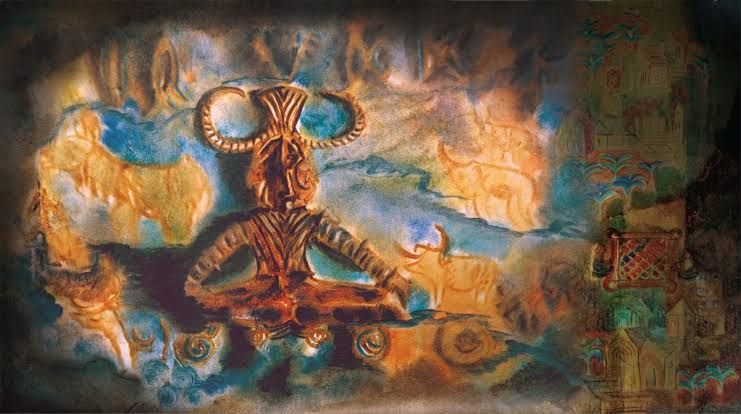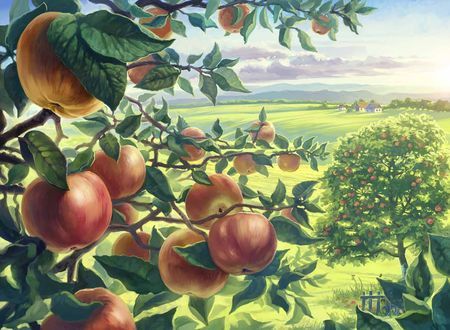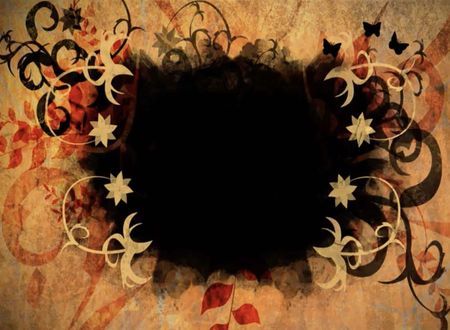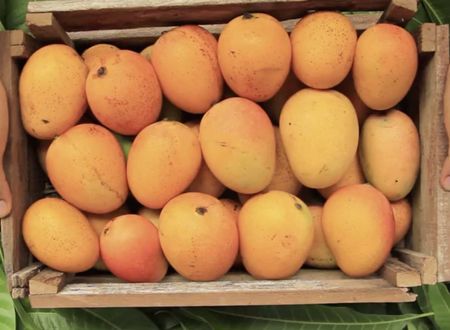From Pashu to Pashupati
This is our spiritual journey.
—
There are many ways to define a spiritual journey. And the iconography of Lord Pashupati symbolizes this fundamental journey in a different way. In a nutshell,
The spiritual journey is a journey from being a pashu to being the Pashupati.
Let’s look into this deeply.
The Pashu Within
‘Pashu’ means ‘animal’. It has come from the Sanskrit word ‘pash’ (chain or shackle). There are things that bind us to behave in certain ways: sanskars (tendencies), kamana or vasana (desires), bhai (fear), raga & dwesha (attractions & aversions) etc. There are also various bodily and mental compulsions within us. These are our shackles—pash. And this is what a pashu (animal) is. An animal behaves in animalistic ways. Now, what is animality? An animal is an animal because it has certain tendencies and characteristics which it cannot control. A lion or a tiger, for example, no matter how much you train him, will remain a wild and ferocious creature at heart. Ferociousness is his nature. A docile tiger or lion does not exist.
And we have certain tendencies too. In every one of us, there is an animal side. We can even see it in our brains also. The lower back part of our brain is called the reptilian brain. That means, a reptile sits in us all the time. Now, what does a reptile symbolise? A reptile—like snakes, lizards etc—is at a certain stage of evolution. A reptile is a base animal. It means they are highly instinctual and predatory in nature. Whenever the fight or flight mechanism activates in our brains, the reptilian part gets active. Because it is the hub of instincts and fear.
Similarly, in our psyche, there are animal imprints. Not just of one animal. Of various stages of animal evolution. An animal is just a name given to a creature who acts out of its base instincts, not out of conscious response. This is where we’re different from every other creature. Unlike animals, we are conscious beings. We can consciously regulate ourselves. No other creature can consciously regulate themselves the way we can. Animals have consciousness too. But their consciousness is not evolved like ours.
But, at the same time, we are highly instinctual and primitive. Our psyche is the repository of all the primitive tendencies which we acquired during the process of evolution. These instincts and tendencies make us animals. After all, we’ve evolved through different stages of animality. Once we’re human, we can completely outgrow our animal nature and attain the divine consciousness. This is what Lord Pashupati symbolizes.
The Pashupati
‘Pashupati’ means the ‘Lord of the Animal’. Someone who has transcended his animalistic nature, someone who is no longer within any pash, someone who is free from every form of animal nature, can be called Pashupati. Lord Shiva symbolises this transcendence. That’s why, He is referred to as Pashupati.
What makes us an animal? Our hungers (both literally and metaphorically), desires, fears, past primitive imprints—these are the things that make us animals. Haven’t you seen, sometimes you behave like a god when you are pure, free from selfish desires and full of love and devotion? And sometimes you become an animal, when you become selfish, greedy, angry, egoistic, as violent as a dog. We keep oscillating between these two dimensions within us.
Every one of us these two sides—the divine and the animal. This is what the Chinese symbol Taijitu symbolises. The Yin and Yan. These are the two forces in the universe. In India, we call these two aspects Purush and Prakriti. Shiva and Shakti. Devata and Asura. In Srimad Bhagavad Gita, in the 16th chapter titled Daivasura Sampad Vibhaga Yoga, Sri Krishna describes the different daivi and asurik characteristics within us. The battle of the Devas and Asuras, which is ever ongoing in the heavens, symbolises the clash between these two forces within us. This is the Mahabharata war. The battle of Ram and Ravana is also this. Pandavas were ansh (part) of Devatas. They fought with the Kauravas who represent the demonic tendencies. Ram is the embodiment of the Divine, while Ravana symbolises the animal within. These are symbolical tales, you see.
Summing Up
This is what our journey is—from being an animal to being the divine. We were vanara (monkeys). We have become nar (humans). We have to become Narayan (the lord of all animal and human characteristics, who transcends these both). This is our spiritual journey.
P.S: I got this beautiful analogy that our spiritual journey is from being a vanar to nar to Narayan from one of the talks of Devdutt Pattanaik. The credit goes to him.
—
Thank You.
Image Credit: by Dr. Bharati Mate from Mojarto.









Comments & Discussion
8 COMMENTS
Please login to read members' comments and participate in the discussion.